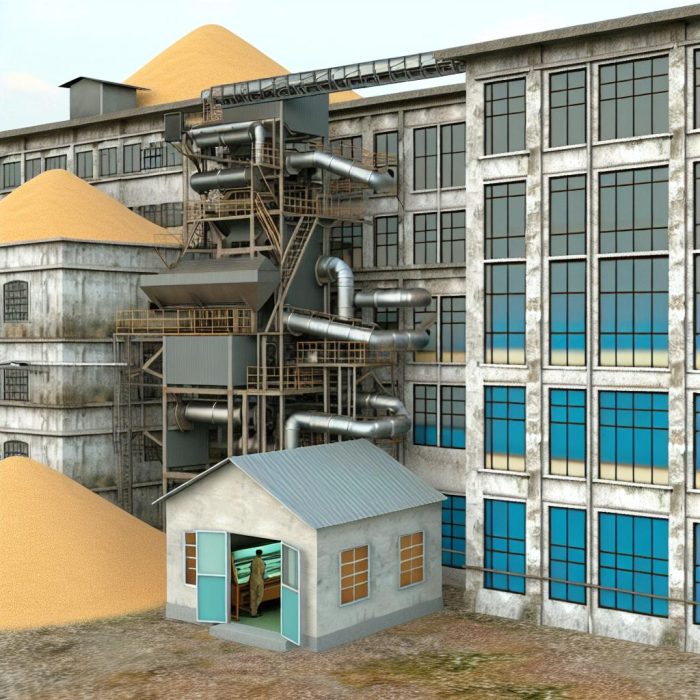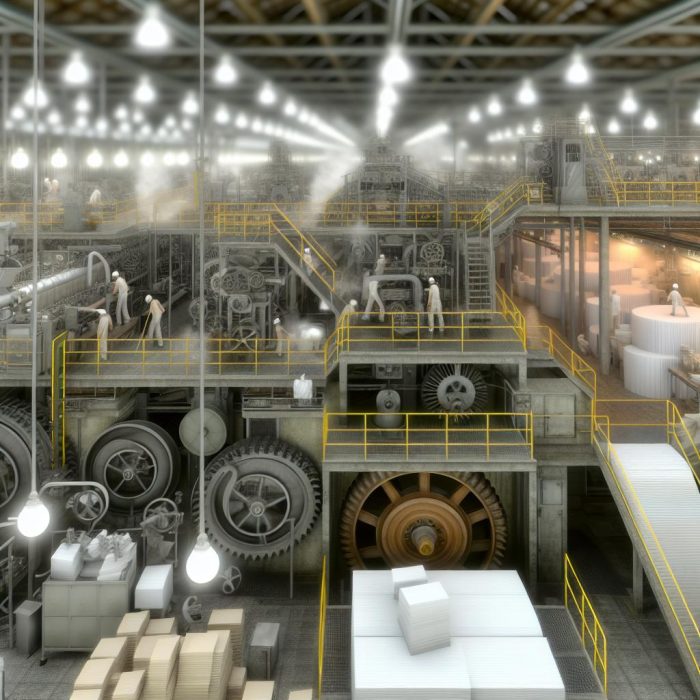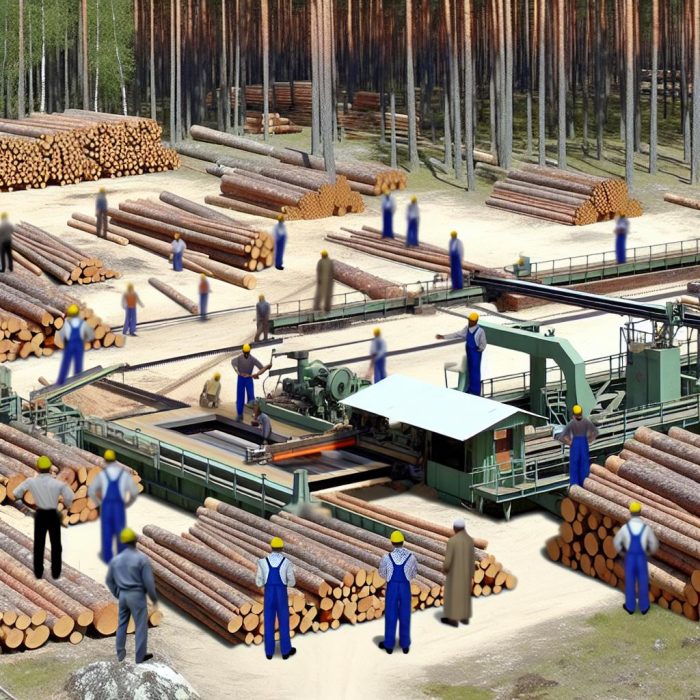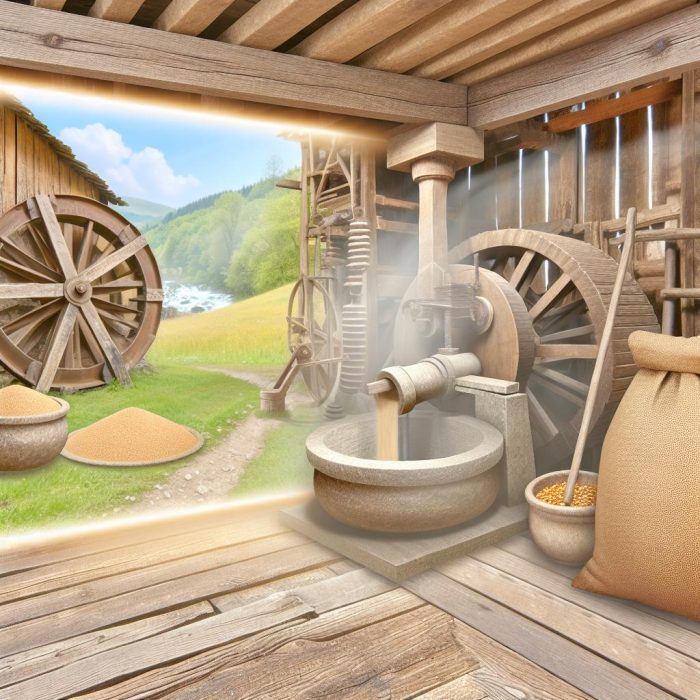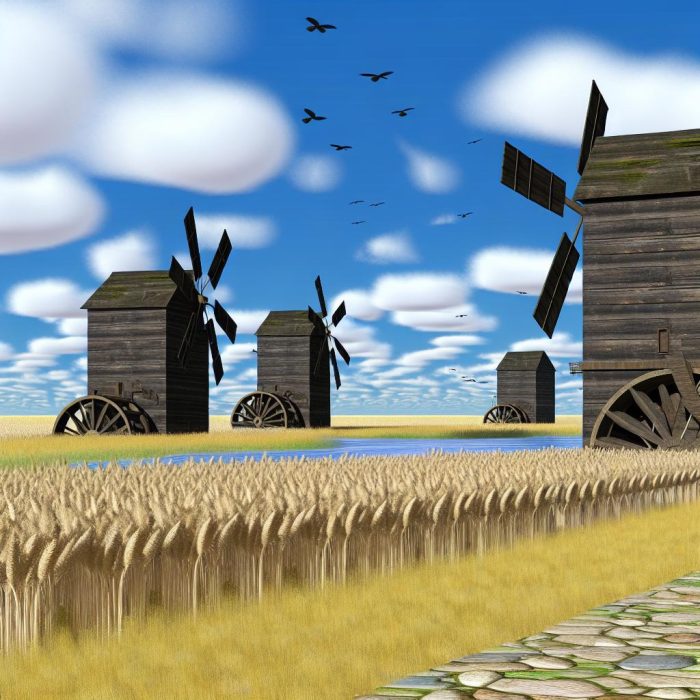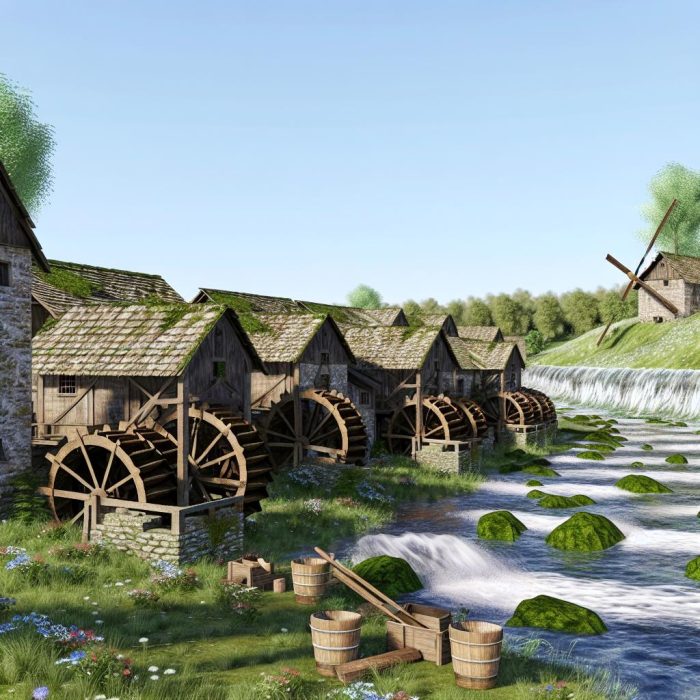Introduction to Rice Mills
Rice milling is an essential process in the production of rice for human consumption. It involves various stages of converting raw paddy into polished rice, removing inedible husk and bran layers, and ensuring the grain is white and ready for consumption.
The Basics of Rice Milling
Rice milling transforms harvested paddies into edible rice. The product of this process is either white rice or brown rice, depending on the level of milling. Key stages in a typical rice mill include cleaning, husking, whitening or polishing, and sorting.
Cleaning
The first step is cleaning, where impurities and foreign materials such as stones, twigs, and other debris, are removed. This ensures the raw material is pure and ready for processing. Proper cleaning can significantly enhance the quality of the final product.
Husking
The husking stage aims to separate the husk from the paddy. This step is crucial as the husk, or hull, is inedible and must be removed carefully to avoid damaging the grain kernel. Common methods include using rubber rollers or impellers.
Whitening or Polishing
After the husking process, the grains undergo further milling where the outer layers of the rice are removed. In the case of brown rice, milling is minimal, removing only a small portion of bran layers. For white rice, more thorough polishing occurs, resulting in a smooth, white appearance.
Sorting
Sorting involves removing broken, discolored, or otherwise defective grains. Advanced milling setups use optical sorters to ensure only quality grains reach consumers. This step is essential for achieving high market standards and consumer satisfaction.
The Importance of Rice Milling
Rice is a staple food for a significant portion of the global population. The efficiency and technology used in rice mills directly impact the quality, safety, and shelf life of rice available in markets. Properly milled rice is not only visually appealing but also free from impurities and retains essential nutrients when processed correctly.
Traditional vs. Modern Milling Techniques
Traditional rice milling techniques involve manual labor and basic machinery that can be labor-intensive and less efficient. In contrast, modern rice mills use automated machinery and computerized systems that allow for higher output and better quality control.
Modern milling technology has also paved the way for improved energy efficiency and reduced waste. For example, by-products such as husk, bran, and broken rice can be repurposed or sold, providing additional revenue streams for mill operators.
Challenges Facing Rice Mills
While modern rice mills have seen advancements, challenges remain. These include maintaining cost efficiency, coping with fluctuating market demands, and adhering to stringent international quality standards. Moreover, environmental concerns and the need for sustainable practices in milling have become more pressing.
Conclusion
Rice milling is a critical link in the rice production chain. Advances in technology have improved milling efficiency, quality control, and economic viability. With the global demand for rice remaining robust, rice mills play a pivotal role in ensuring supply meets both quantity and quality expectations. For further reading on rice milling techniques and advancements, explore resources from industry experts and research institutions.
Technological Advancements in Rice Milling
Technological advancements have transformed rice milling, making it more efficient and productive. The integration of automation and digitization has reduced manual labor and increased output. Automated sorting machines have replaced traditional methods, ensuring an improved quality of the final product. These machines use sensors and cameras to detect and remove discolored and substandard grains, improving rice quality significantly.
Moreover, modern rice mills incorporate energy-efficient technologies, reducing power consumption and lowering operational costs. These techniques not only support environmental sustainability but also contribute to economic savings for mill operators.
Role of Artificial Intelligence
Artificial Intelligence (AI) is becoming an integral part of modern rice milling processes. AI technologies, including machine learning and data analytics, help in predictive maintenance of milling equipment, reducing downtime and improving productivity. AI systems can also optimize the milling process by adjusting parameters for different rice varieties, ensuring minimal waste and maximum nutritional retention.
Impact of Internet of Things (IoT)
The Internet of Things (IoT) has a significant impact on rice milling operations. IoT-enabled devices provide real-time monitoring and data collection, allowing mill operators to make informed decisions quickly. These systems enhance traceability and transparency, ensuring the milling process is efficient and compliant with food safety regulations.
Economic Implications
The economic implications of advancements in rice milling technology are profound. By improving efficiency and product quality, rice mills can increase their market competitiveness. This not only helps in meeting local demand but also opens up opportunities for international trade. The ability to produce high-quality rice with extended shelf life is crucial for exporting to markets that demand superior quality standards.
Environmental Sustainability in Rice Milling
Sustainability is an essential consideration in modern rice milling operations. The push towards environmentally friendly practices involves reducing waste and managing resources efficiently. Many rice mills now focus on repurposing by-products such as husk and bran for other industries, including animal feed and biofuel production.
Reducing Carbon Footprint
Efforts are underway to reduce the carbon footprint of rice milling processes. This includes using renewable energy sources such as solar and wind power in milling operations. Additionally, modern equipment is designed with energy efficiency in mind, allowing operations to maintain productivity while minimizing environmental impact.
Water Management
Water management is another critical aspect of sustainable rice milling. Efficient water use and recycling systems reduce water wastage, which is particularly important in regions where water resources are limited. Implementing advanced water management systems ensures that mills can operate efficiently while conserving valuable resources.
Future Trends in Rice Milling
The future of rice milling is poised for further technological innovations. Trends such as increased automation, AI integration, and sustainable practices are expected to continue shaping the industry. As global demand for rice persists, mills must adapt to technological shifts and embrace sustainable methodologies to ensure continuous improvement and meet future challenges.
Research and development in rice milling techniques are ongoing, with an emphasis on improving yield and quality while minimizing environmental impact. Industry experts and research institutions are working together to develop solutions that meet the dual goals of economic viability and sustainability.
For more information on developments in rice milling, consider exploring resources from reputable industry associations and academic institutions. These platforms provide valuable insights into the latest trends and best practices in rice milling.
